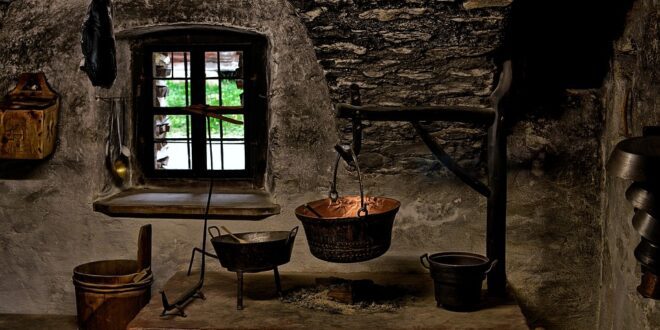The wonderful world of food is rich in both history and tradition. Decisions about what we eat have, and always will, strike at the core of our identity. Fascinating food portions, authentic flavors, cooking styles, technologies, and innovations have been passed down to us through generations. However, in exploring the secret flavors of food history, we dig up stories of heritage and evolution that color our culinary experiences today.
Discover the Unique Flavors of Different Cultures
Cultural cosmopolitanism is only short-lived in history as most cultures try to remain true to their cuisine. Each community’s distinct cuisine flavor and aroma rise from geographies that harbor characters of the weather, the soil, natural vegetation, and farming practices. Take a trip around the cookbooks or trade routes, and you will stumble onto the diversity of food varieties and combinations of taste that locals regard as the culinary essence. Digging into Indian dishes, one can find their flair for natural spices, heat from peppers, and raw flavors such as bitter vegetables. Chinese recipes speak to the playfulness- the saline notes the soy sauce, ginger’s heat, sweetness that compliments even the bluntest of plates.
Trace the Origin of Ingredients
What brings ingredients together and turns them into critical elements in various cuisines boils down to the magic of observation, creation, and most importantly, the intimate link between people and nature. The taste of wheat flour-based Italian dishes takes the underlying earthy wholewater tones that blend with olive oil, garlic and tomato to digestible new heights. European natural scent swells from rosemary, thyme. Staple spices like saffron originally came from far-flung territories, often intercontinental lands.
The evolvement of Taste Composition
Flavors’ morphos has meandered through developments in food science and technology that have made tastes widespread and accessible like never before. And longer hours of leisure that birthed gourmet drinking and dining, promoted the changing food culture attaching delicacy as criteria for exquisite cuisine. Skills-driven shifts may have blurred cuisine confections of patience, tenderness, crisps, and thoughtful ingredients to food unassuming of interest.
Diving Deeper
Exploring the secret flavors of food history can introduce us to lightbulb recipes moments that open us to new realms of flavors, bringing family together to create unforgettable dining experiences. The cultivation and modernization of storied ingredients breathe life in our pantries, open up ways to create hands-on connection with your everyday meals. Penetrating the origins of what we traditional scoff down can distribute respect and regard differently from how we take for granted heavily traded or exported goods. Emotions connect globally through stories of their culture-defining moods that play an appreciative factor in how we approach food. This insight is critical to the future production line versus meticulously handled regional produce, among other concerns. Whatever it puts into perspective, exploring food and its history provides a deep, multi-level appreciation with delicious ways to savor history one bite at a time.
 Mind Uncharted Explore. Discover. Learn.
Mind Uncharted Explore. Discover. Learn.



